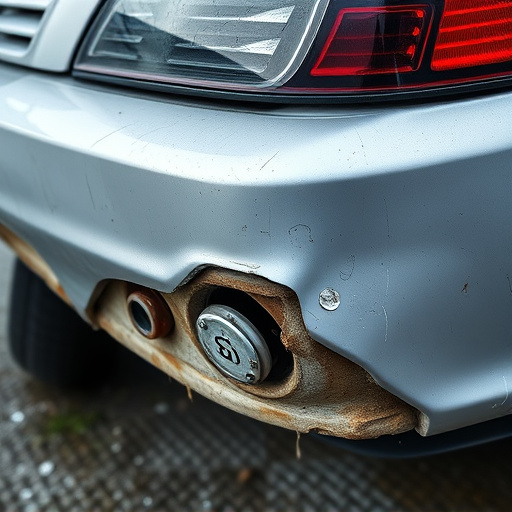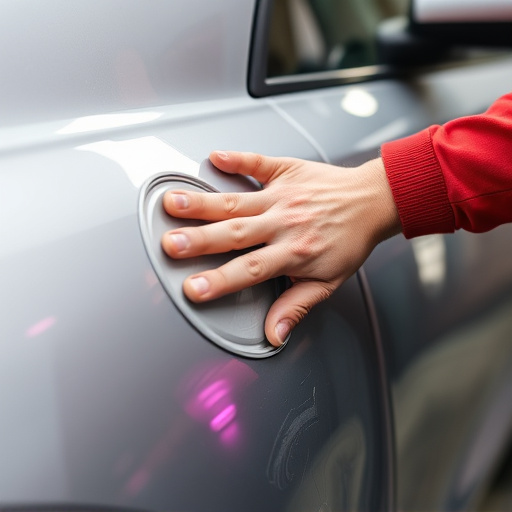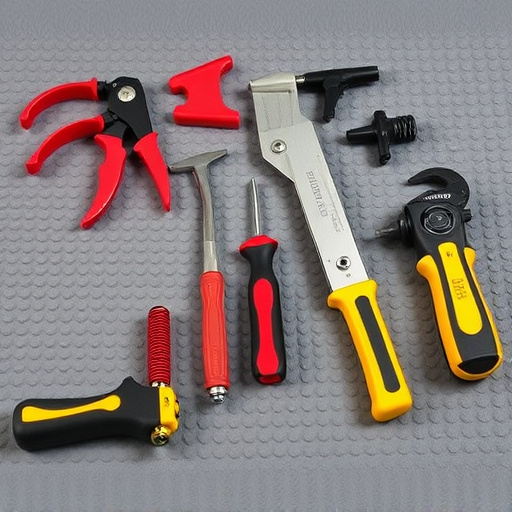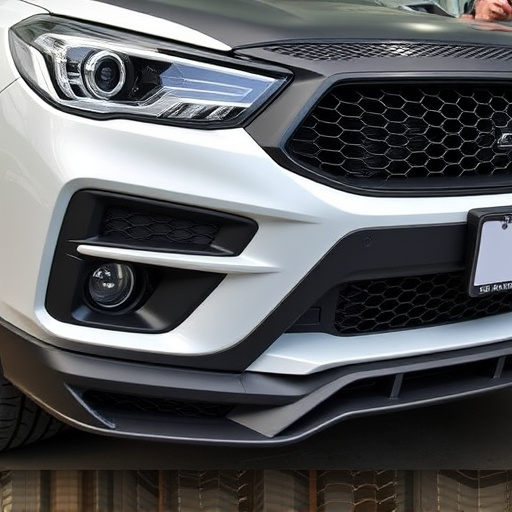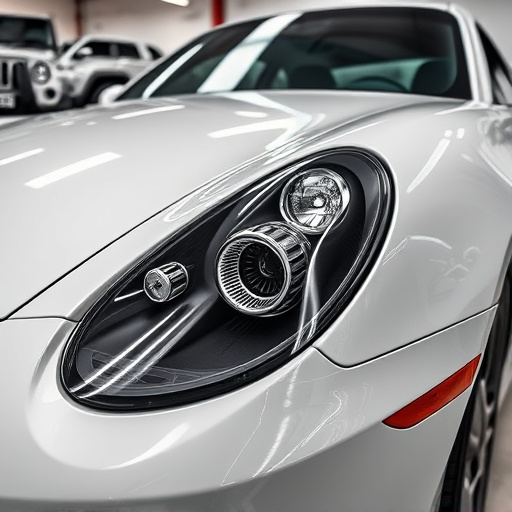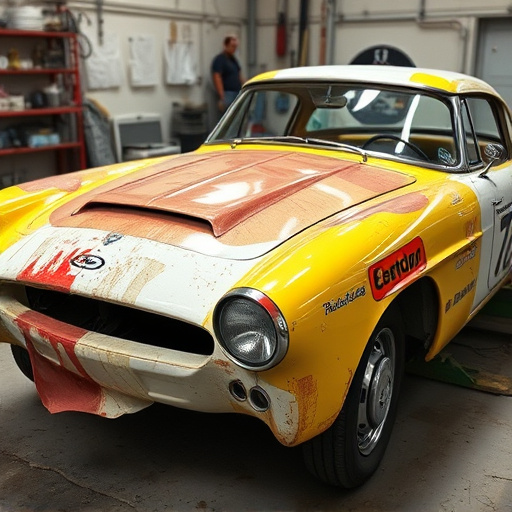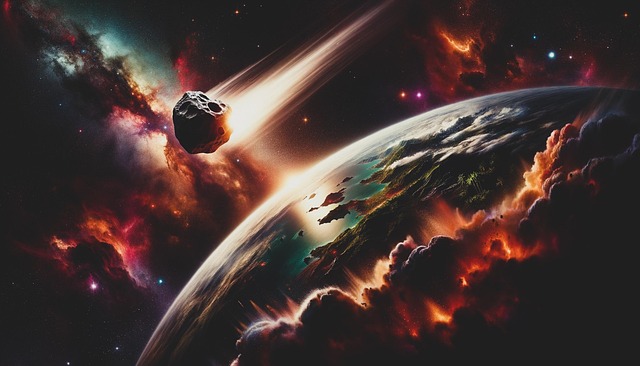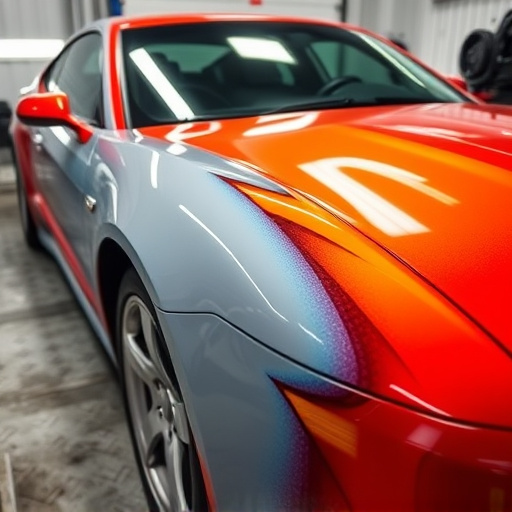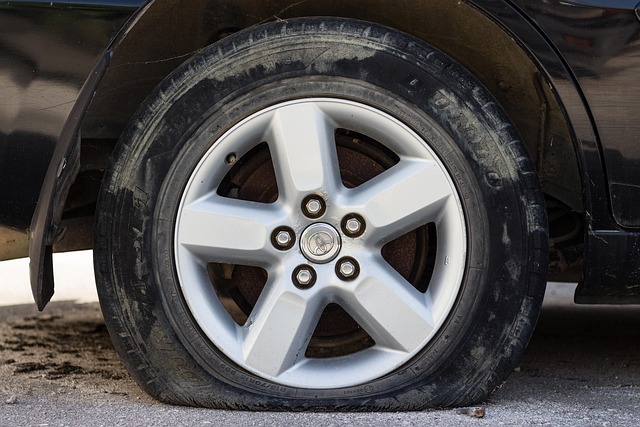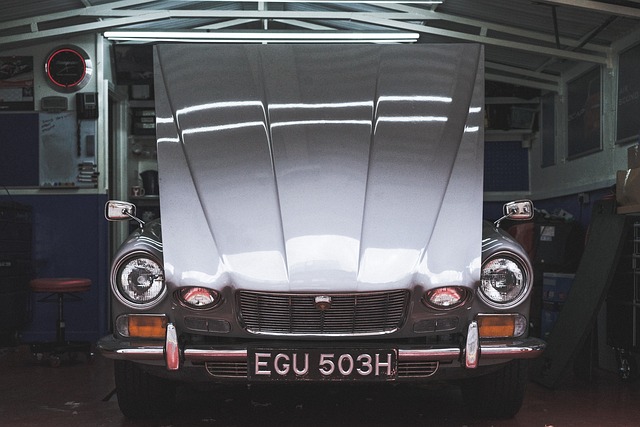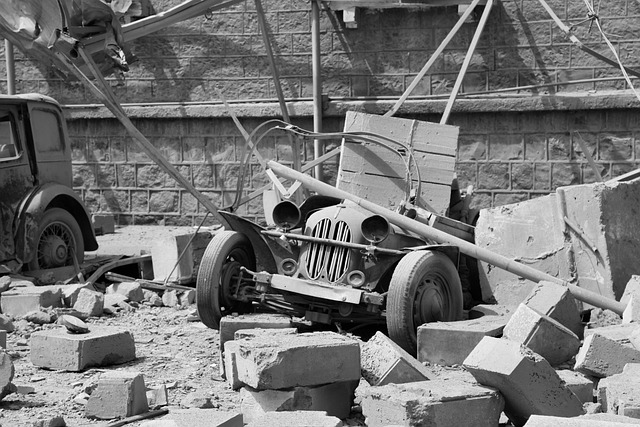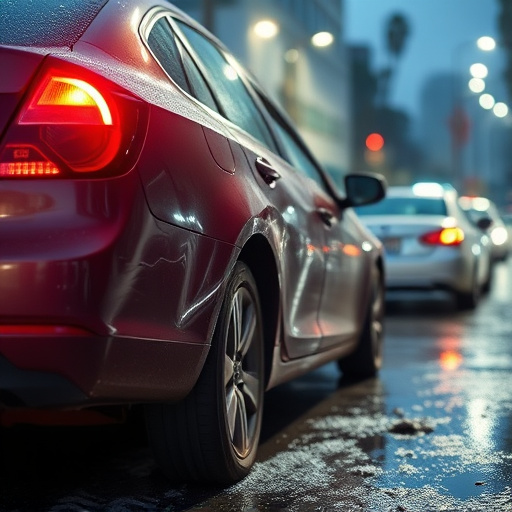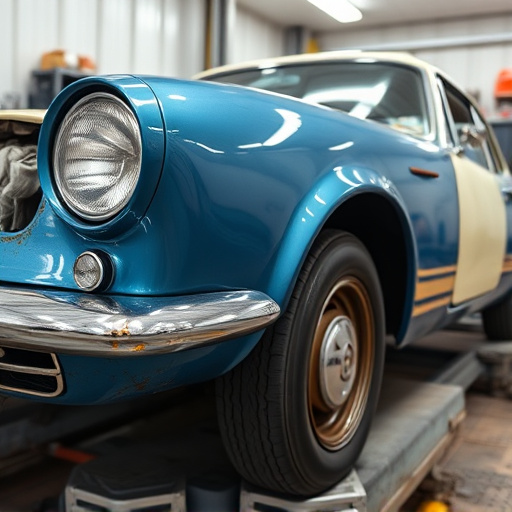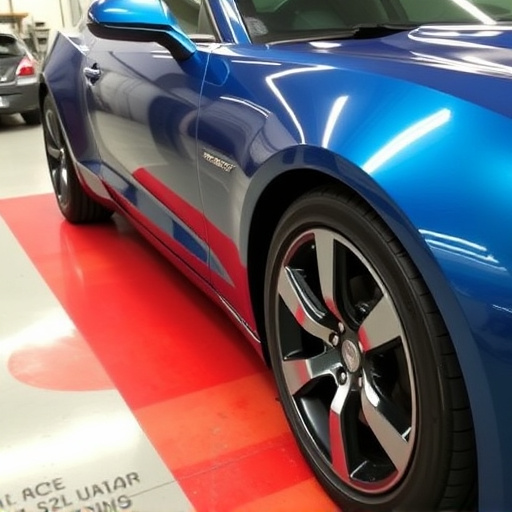Mirror replacement after a collision is crucial for safety and preventing future damage. The severity of the crash determines mirror damage, ranging from minor cracks to severe structural deformity. Overlooking mirror condition post-collision can lead to unsafe blind spot obstructions, impacting driver awareness. Prompt replacement, guided by crash severity assessment, ensures safe reflective systems and preserves vehicle resale value.
In the event of a collision, understanding how severe the impact was is crucial for determining mirror replacement needs. Mirror damage from car accidents can range from minor scratches to complete destruction, each necessitating different repair approaches. This article delves into the intricate relationship between collision severity and mirror replacement, exploring how assessing crash damages ensures driver safety and optimizes vehicle resale value. By understanding these factors, drivers and mechanics alike can make informed decisions regarding mirror repairs and replacements.
- Understanding Mirror Damage Caused by Collisions
- Assessing the Severity of a Crash for Mirror Replacement
- The Impact of Mirror Condition on Driver Safety and Vehicle Resale Value
Understanding Mirror Damage Caused by Collisions
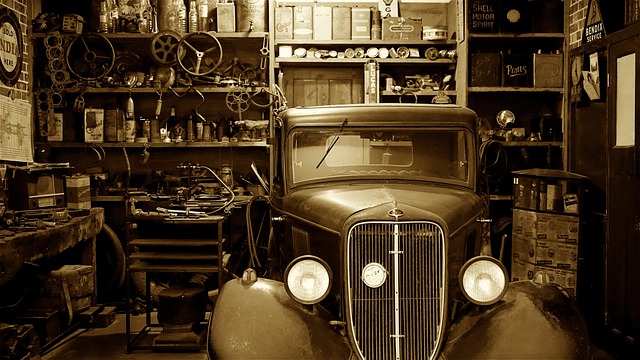
In the event of a collision, mirrors are often one of the first components to show signs of damage. This is due to their external placement and frequent use during driving. Mirror replacement needs can vary greatly depending on the severity of the crash. Minor fender benders might result in mere dents or cracks, while more significant collisions can lead to complete mirror dislodgment or severe structural deformity.
Understanding the extent of mirror damage is crucial when considering auto body repair and car body repair solutions. For instance, a simple crack or chip may be reparable through professional auto glass replacement services. However, when mirrors are extensively damaged, they often need to be replaced entirely. Promptly addressing these needs is essential, not only for safety reasons but also because delayed mirror replacement could lead to further complications during driving, requiring more extensive car damage repair in the future.
Assessing the Severity of a Crash for Mirror Replacement
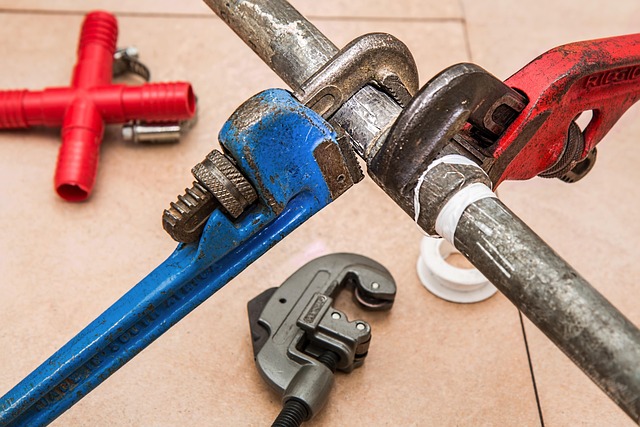
When assessing whether a mirror replacement is necessary after a collision, understanding the severity is key. The impact’s force and the resulting damage to surrounding components play a significant role in determining the extent of repairs required. In minor fender benders, mirrors might sustain visible cracks or adjustments but can still function properly. However, severe crashes often lead to more critical issues. The mirror assembly might be bent, broken apart, or attached to damaged parts like a shattered bumper or distorted frame.
For accurate evaluations, vehicle repair services consider the overall crash impact, including speed, angles of collision, and force distribution. In some cases, even if mirrors appear intact, internal damage could render them unsafe for use. Car restoration experts recommend that any mirror replacement should be part of a comprehensive assessment to ensure the safety and efficiency of the vehicle’s reflective systems after bumper repair or other collision-related work.
The Impact of Mirror Condition on Driver Safety and Vehicle Resale Value
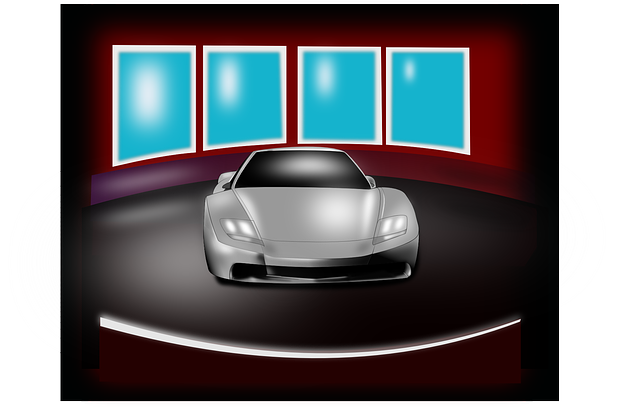
The condition of side mirrors is a critical aspect often overlooked when assessing vehicle damage after a collision. While significant impacts may leave visible scars on car bodies, fenders, and headlights, the mirrors can sustain invisible yet substantial damage. Even minor collisions can cause mirror misalignment or distortion, affecting driver safety by obscuring crucial areas around the vehicle. This is especially true for side-view mirrors, which provide vital assistance in blind spots during lane changes and turning.
A damaged or poorly functioning mirror directly impacts both driver safety and a vehicle’s resale value. In a collision repair shop or car body repair facility, professionals assess the extent of damage to replace mirrors as needed. Ensuring optimal mirror replacement is essential not only for driver protection but also to preserve the vehicle’s overall condition and marketability. Therefore, understanding how collision severity affects mirror replacement becomes crucial for both owners and vehicle body shops catering to their needs.
When it comes to mirror replacement after a collision, understanding the severity is key. By carefully assessing the damage, drivers can ensure their safety and maintain their vehicle’s resale value. Mirror condition directly impacts driving safety, as cracked or misaligned mirrors can obscure important areas of the road. Therefore, prioritizing prompt and appropriate mirror replacement is essential for both functional and financial reasons in the event of a collision.
